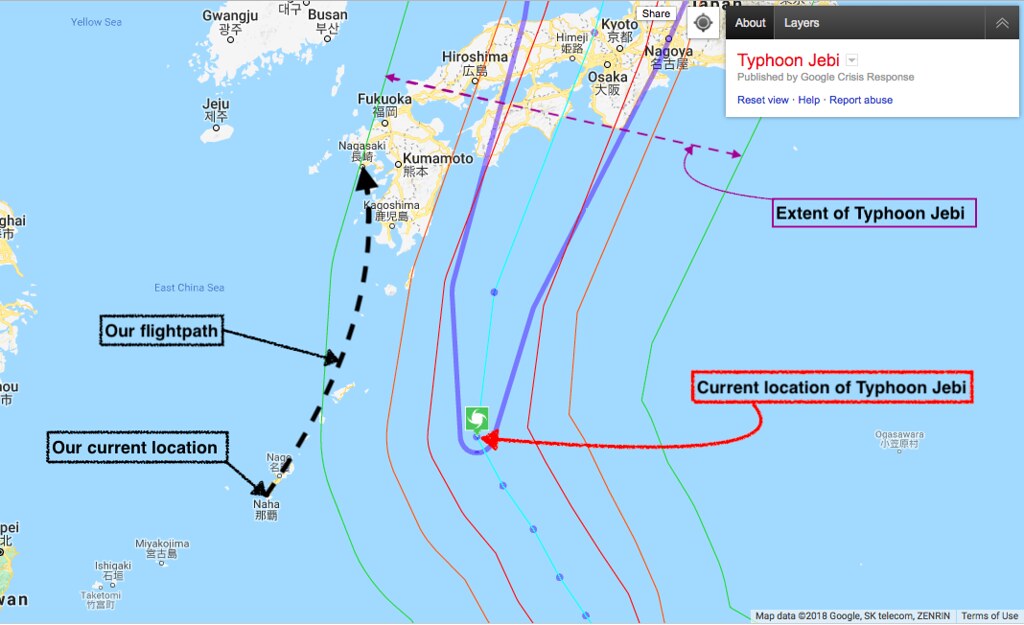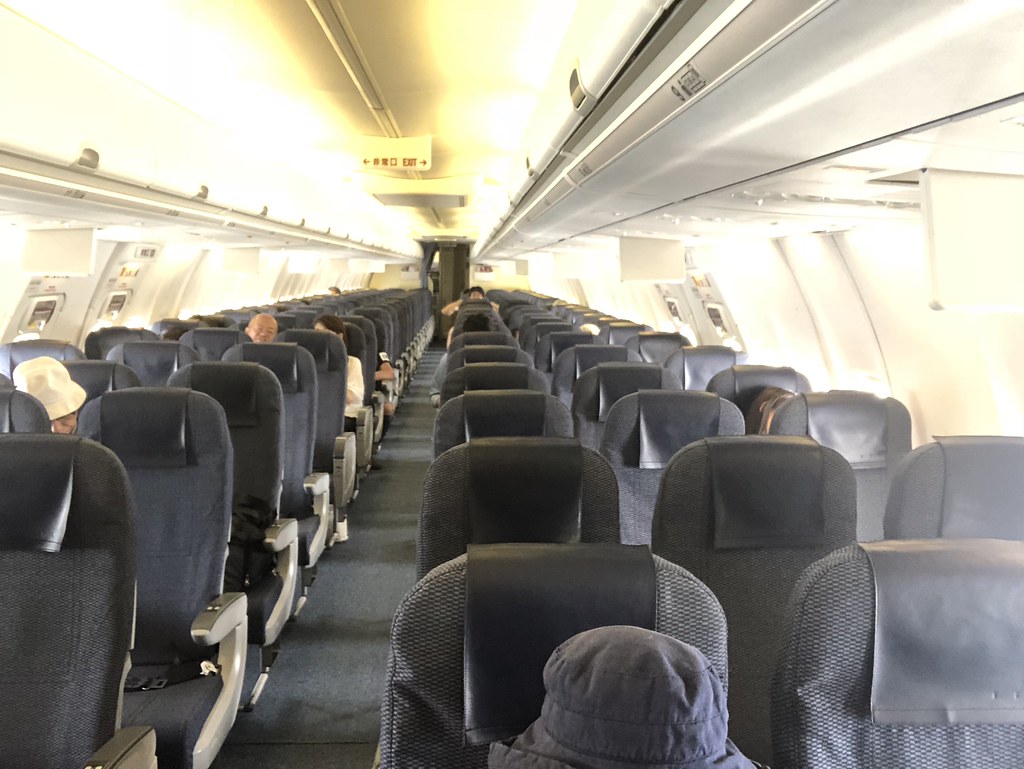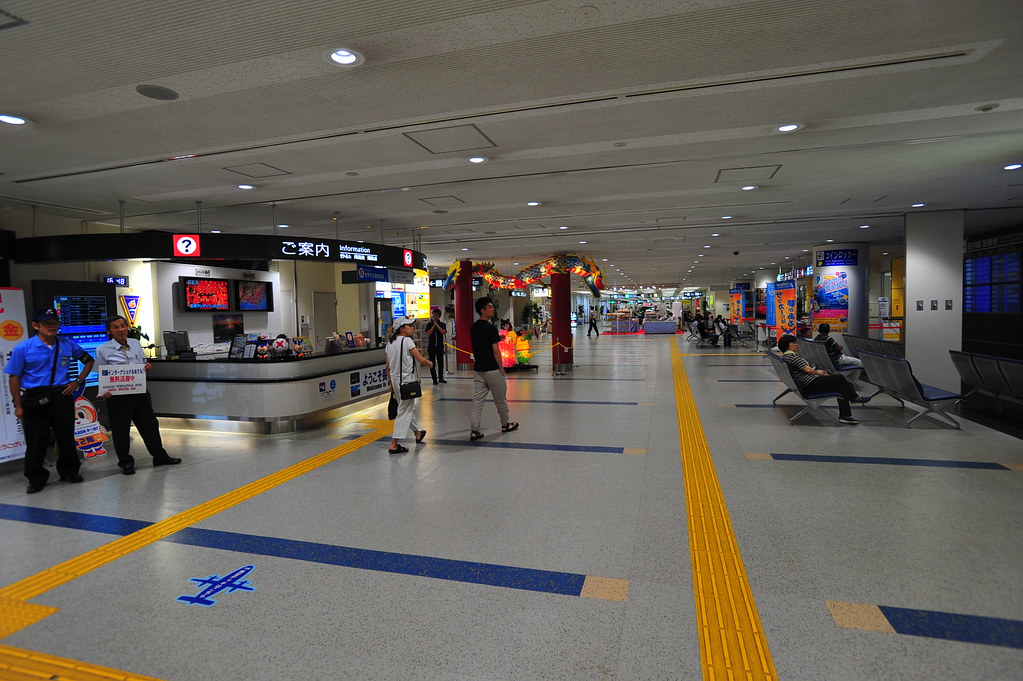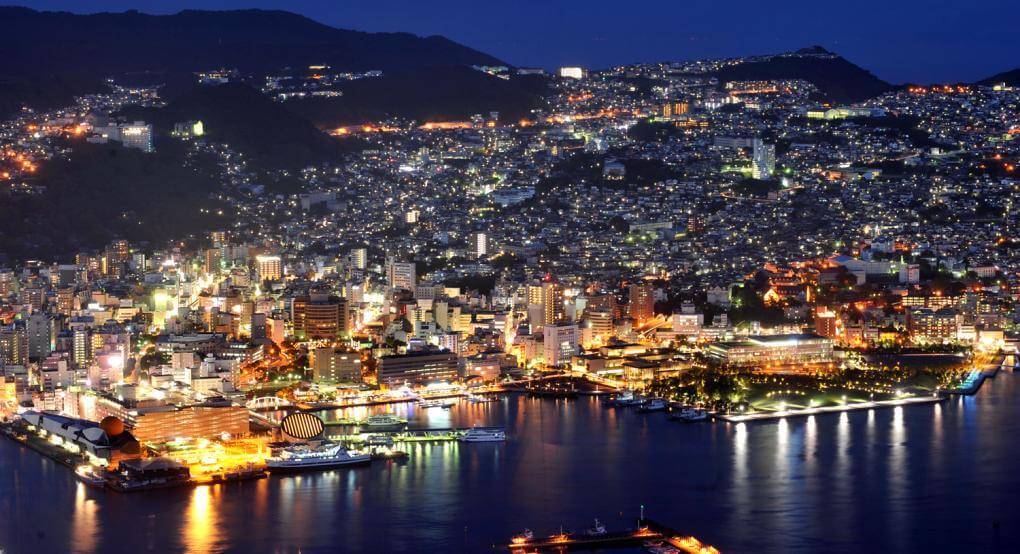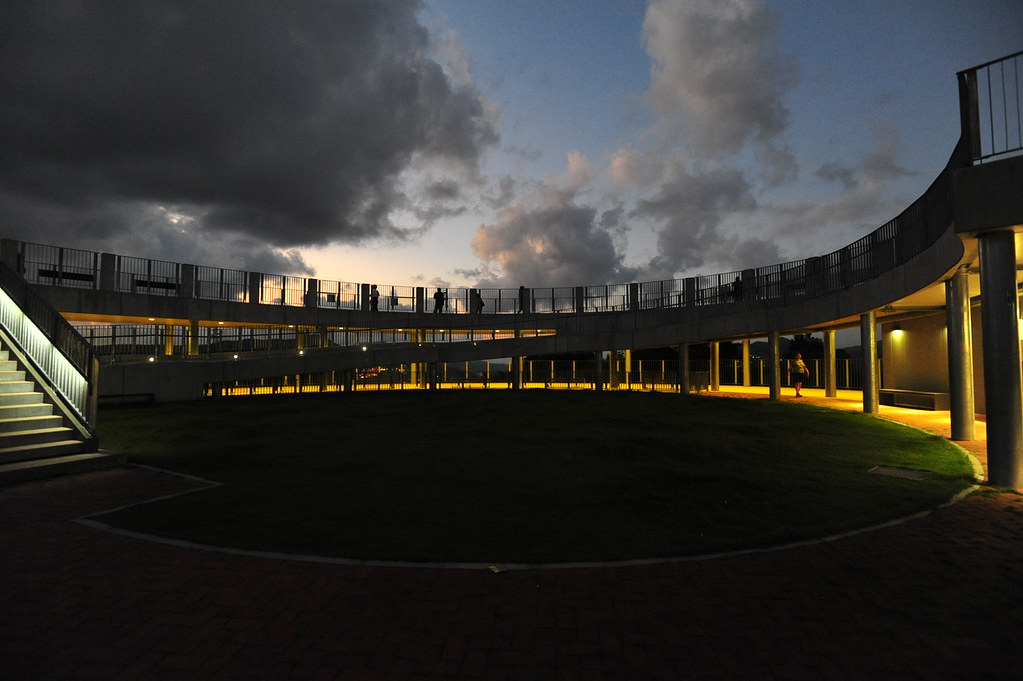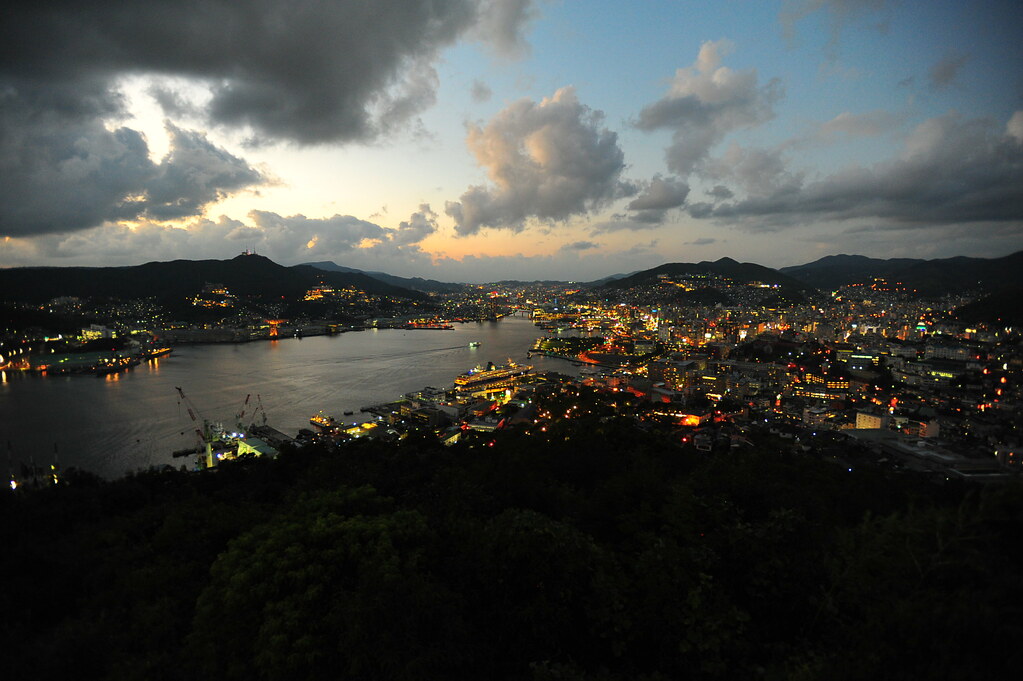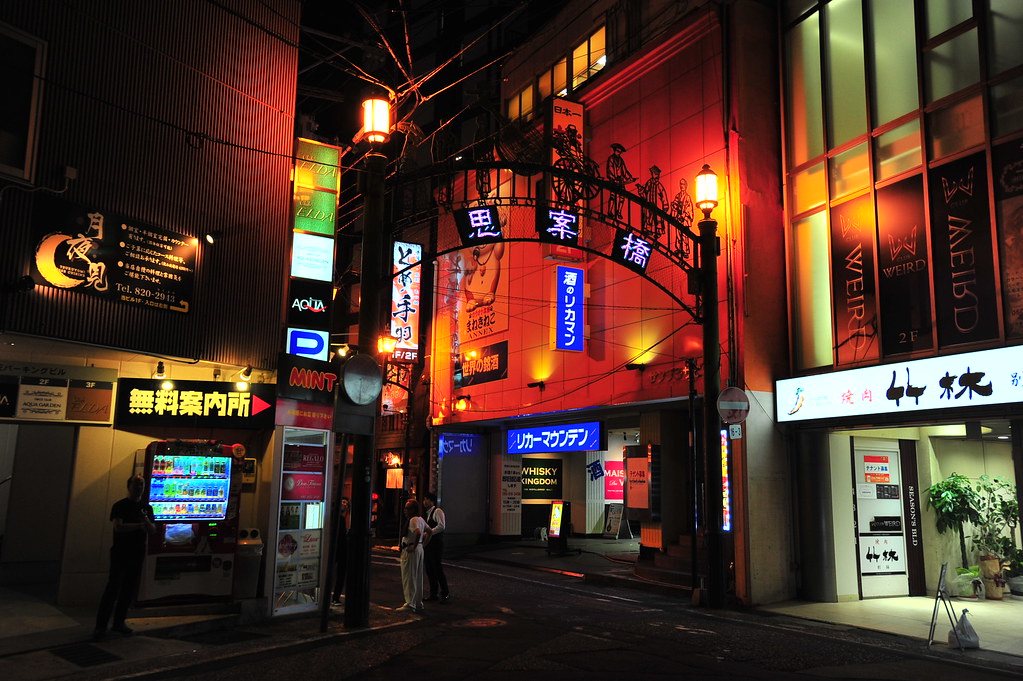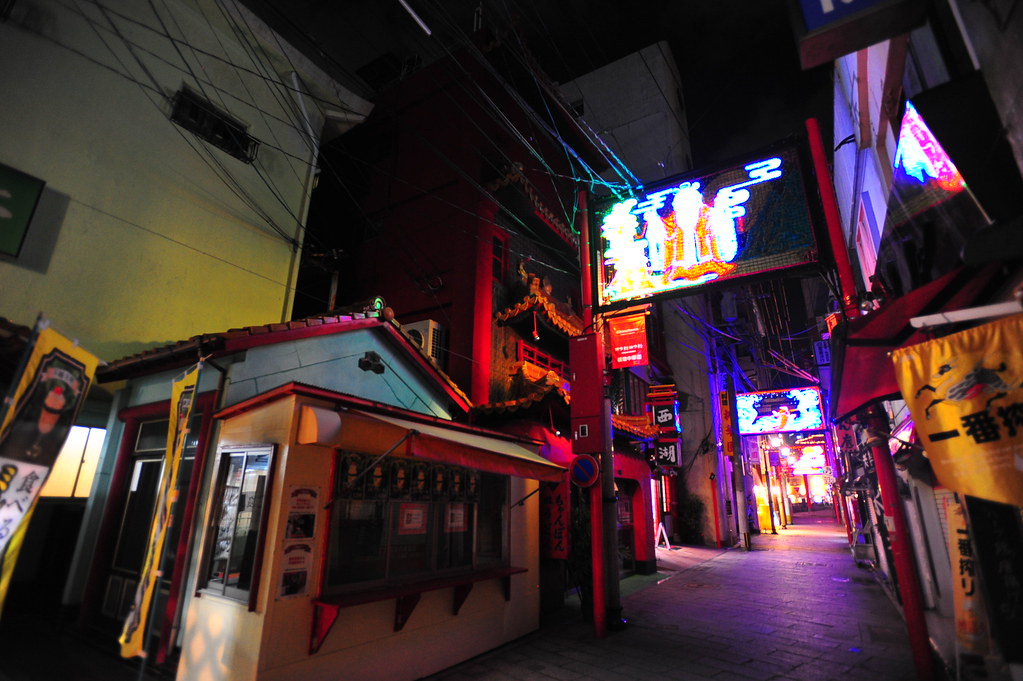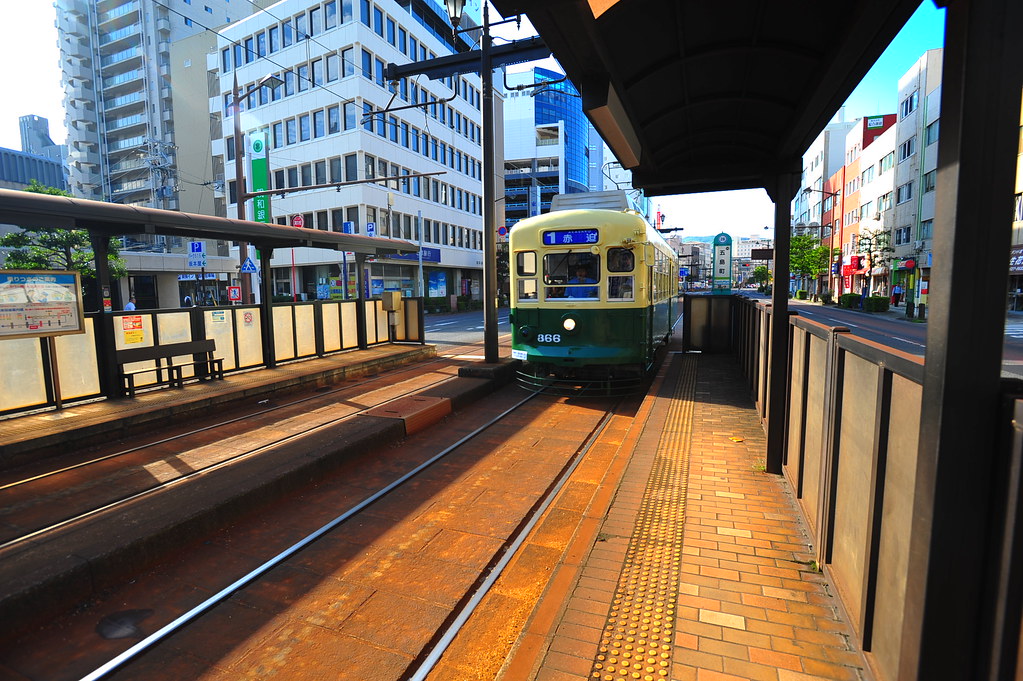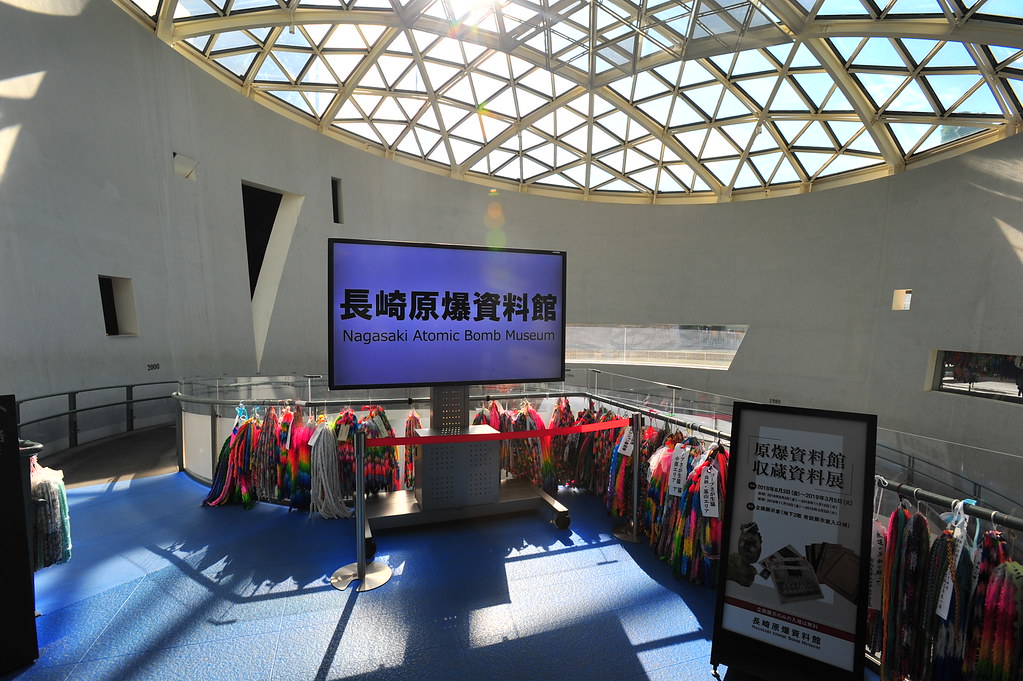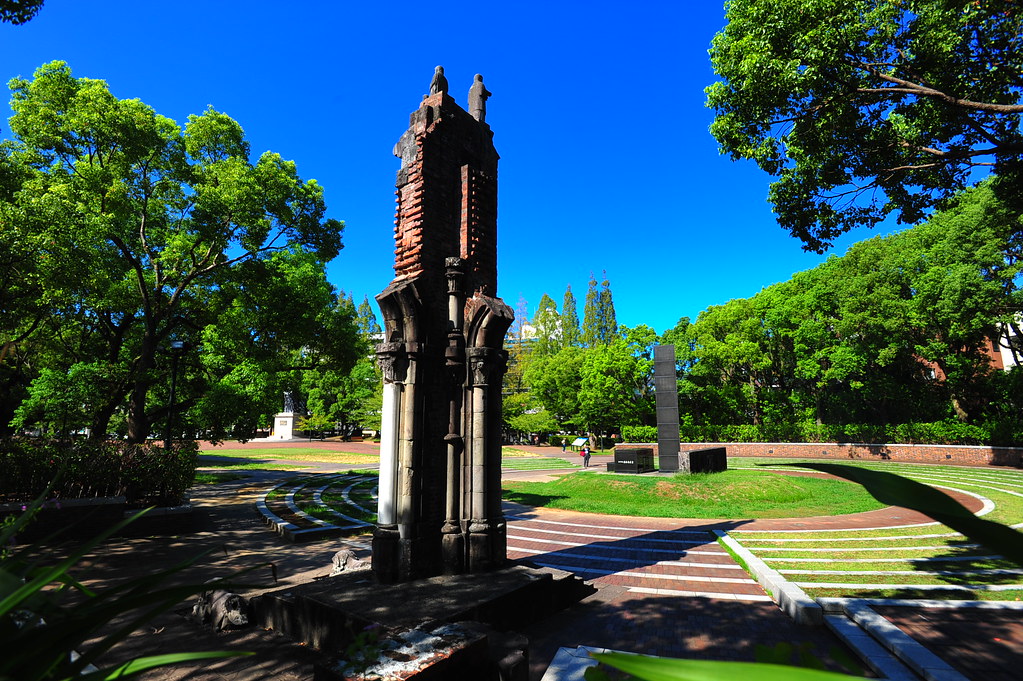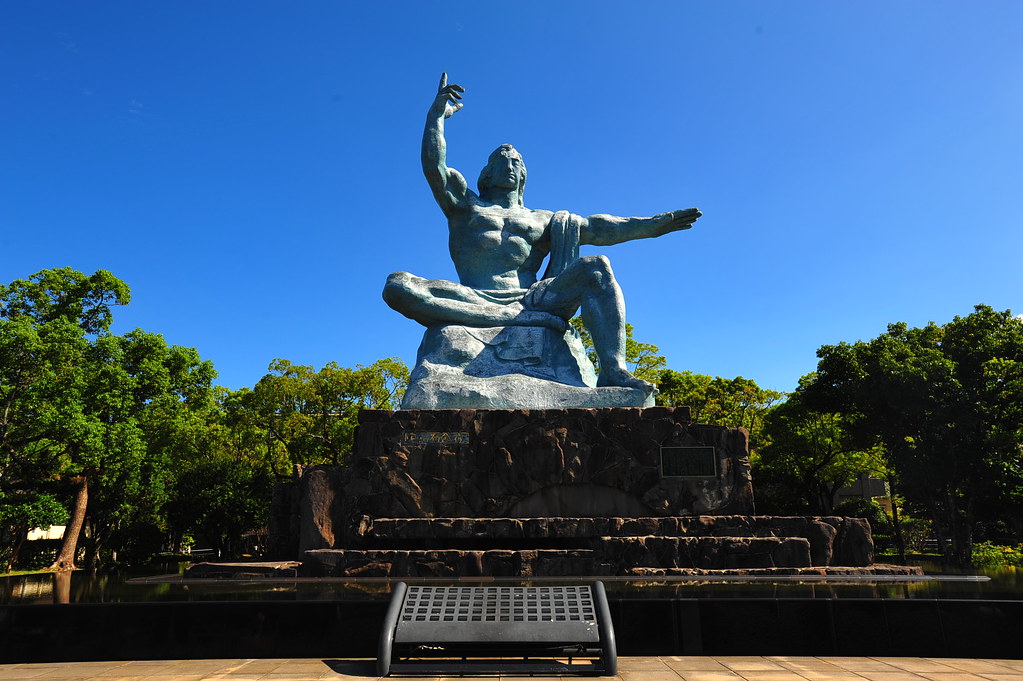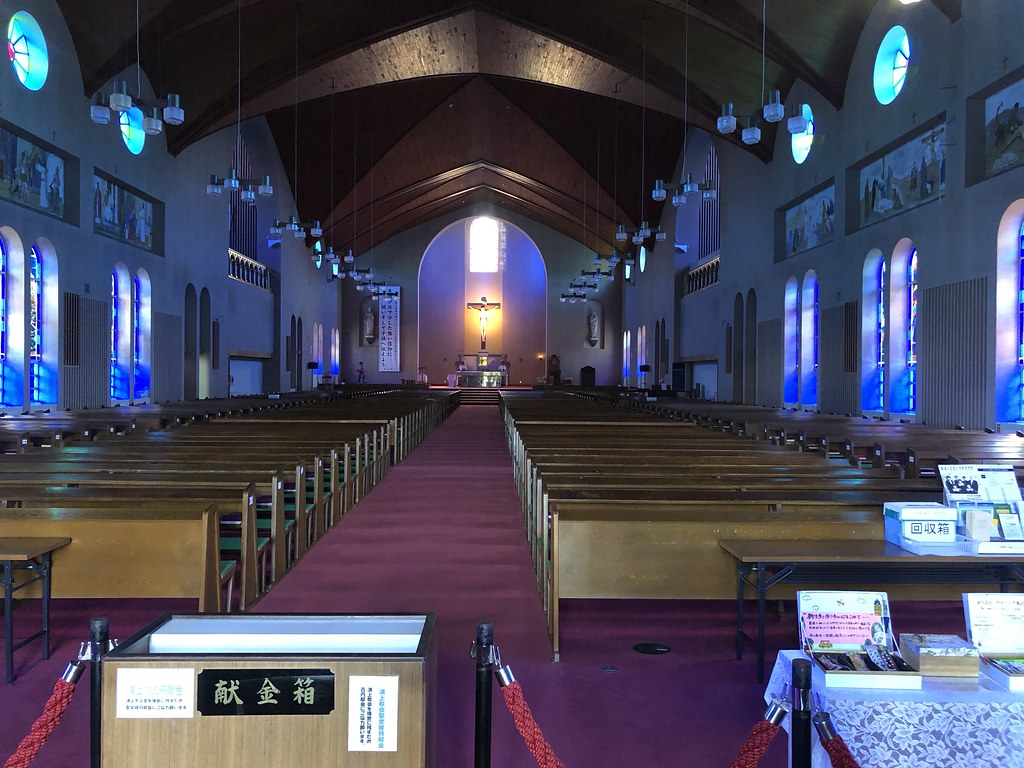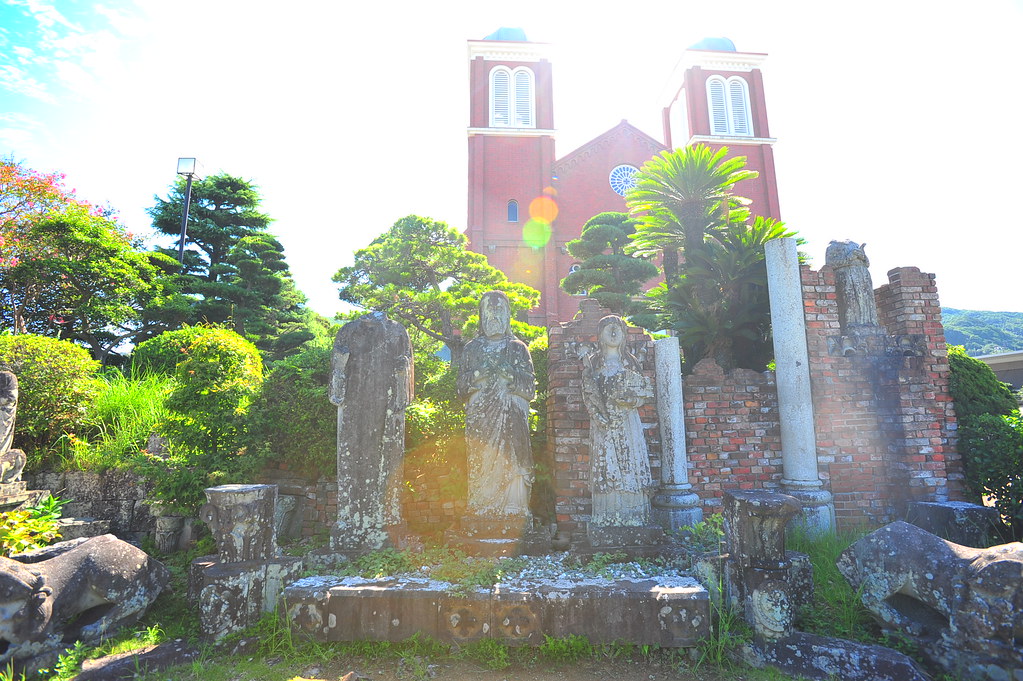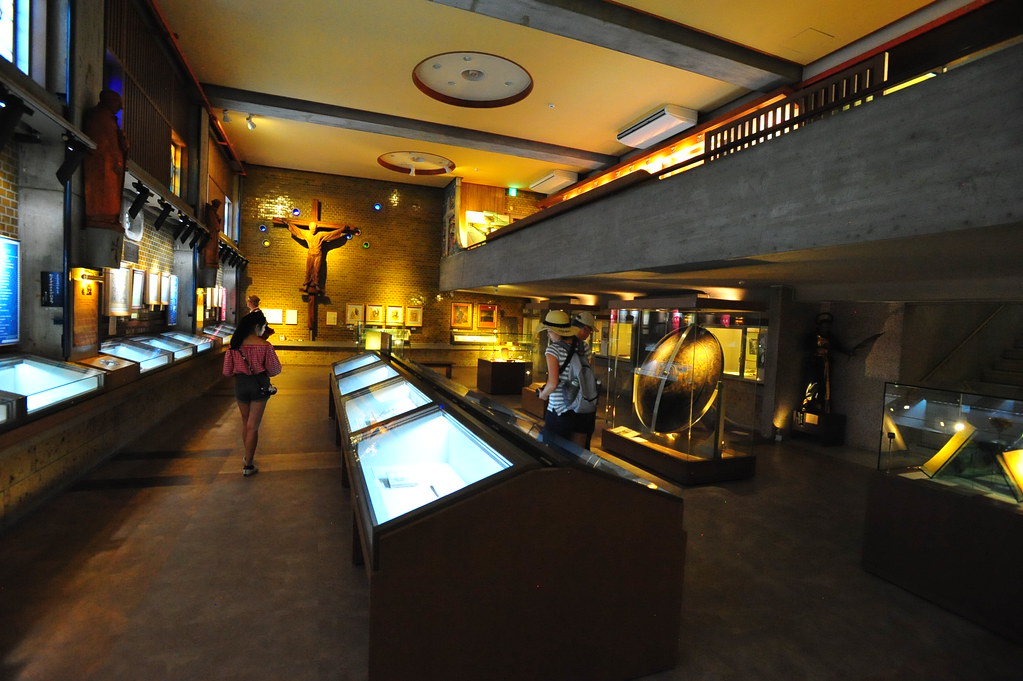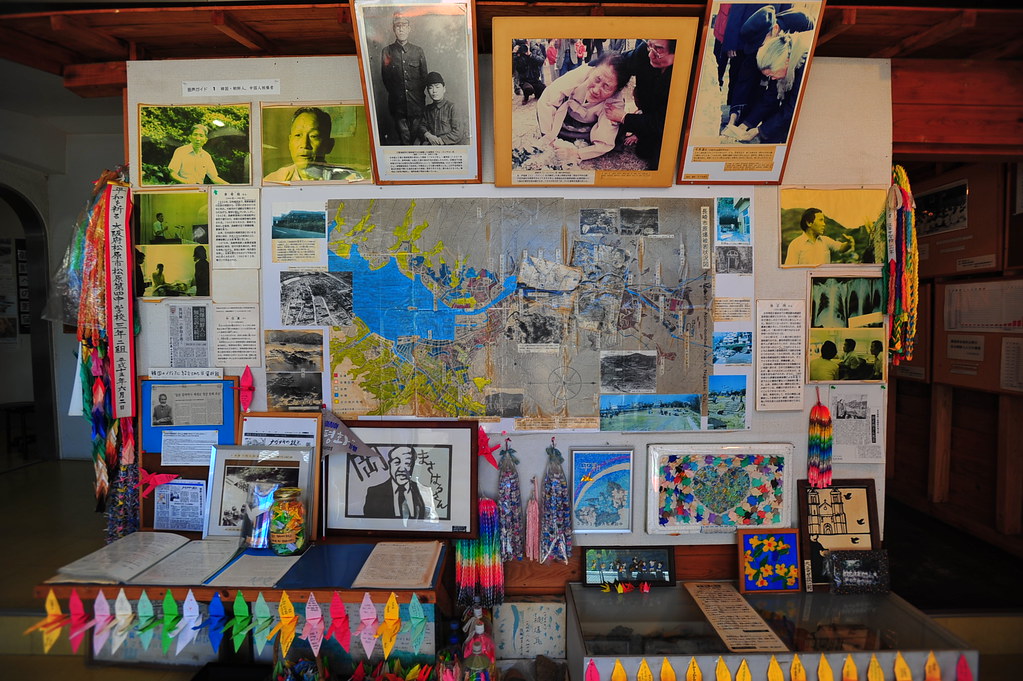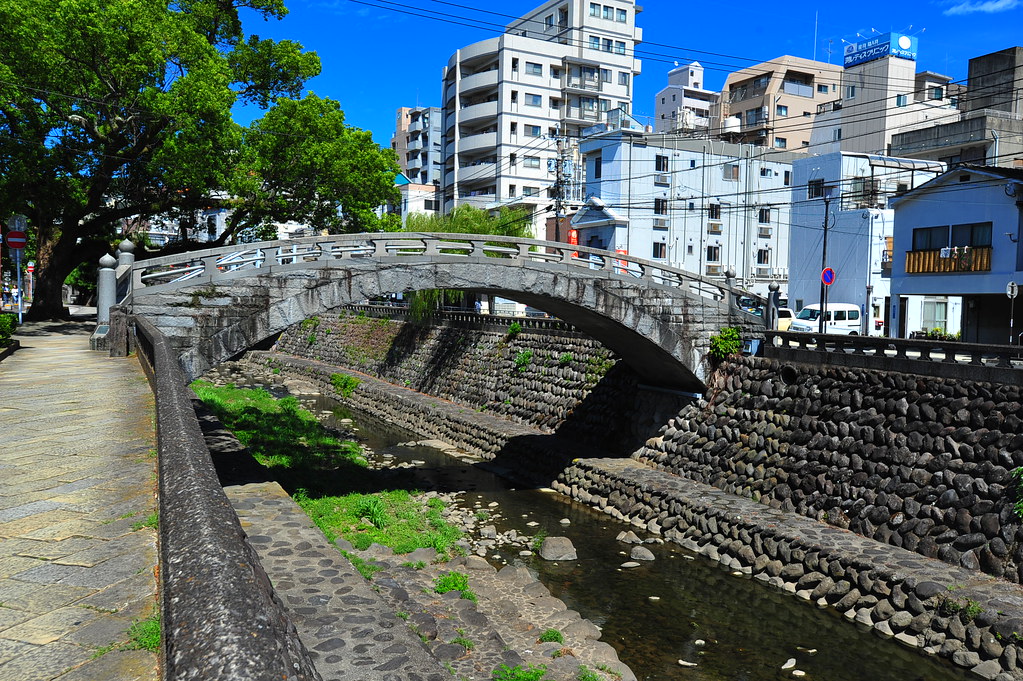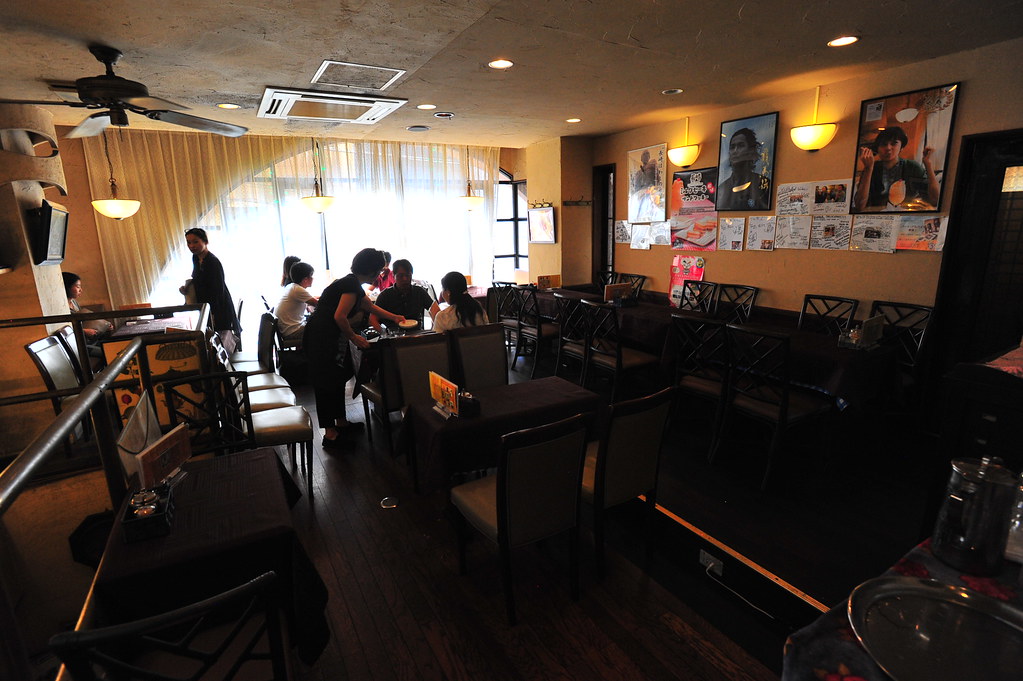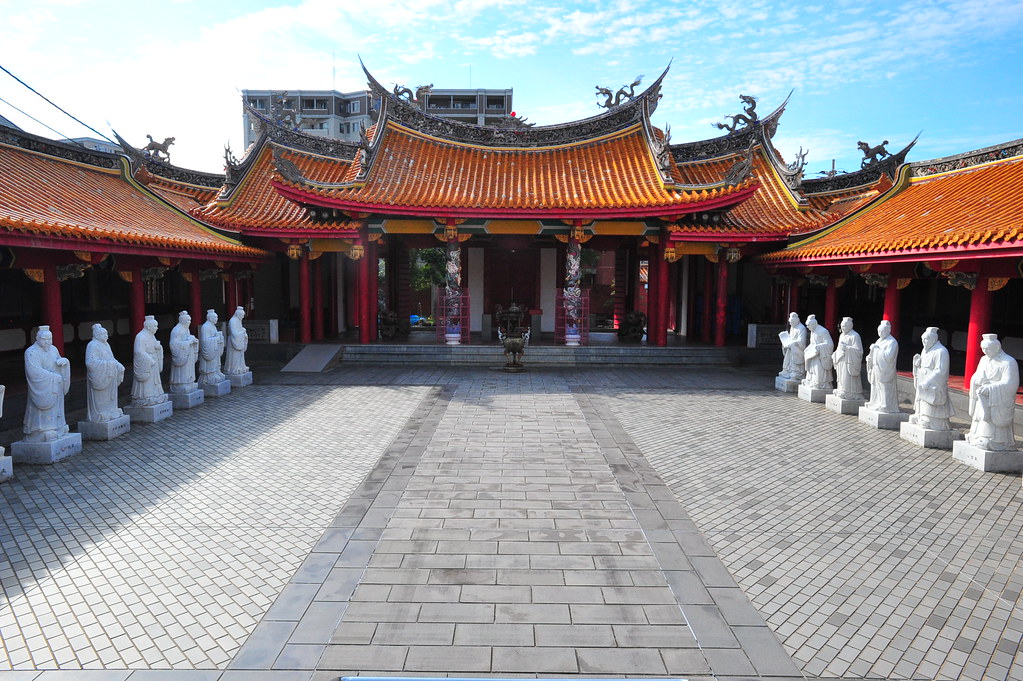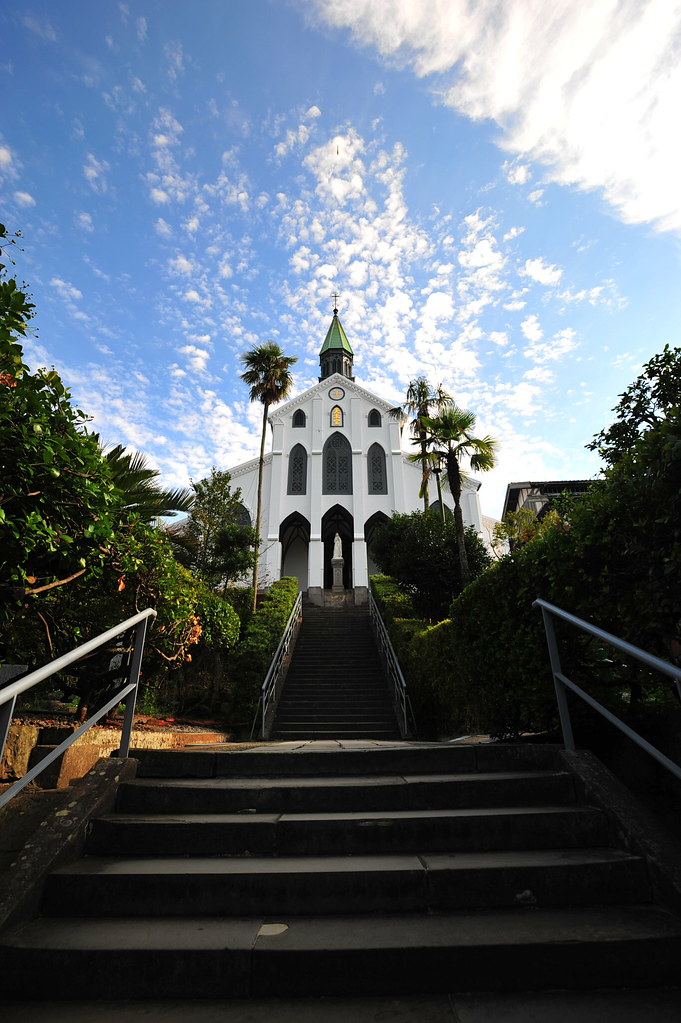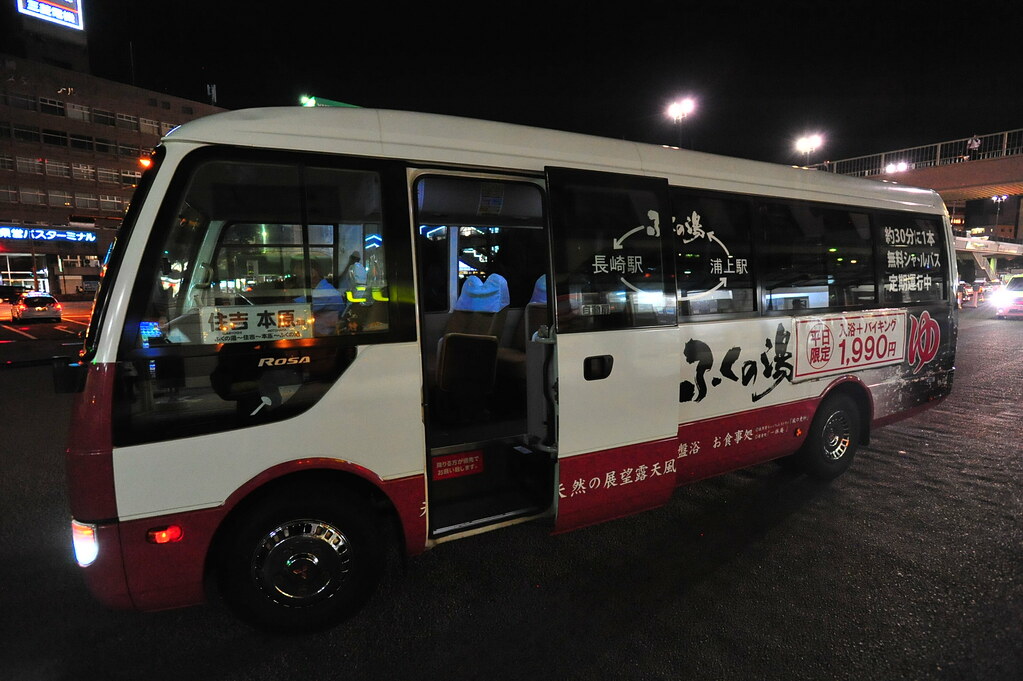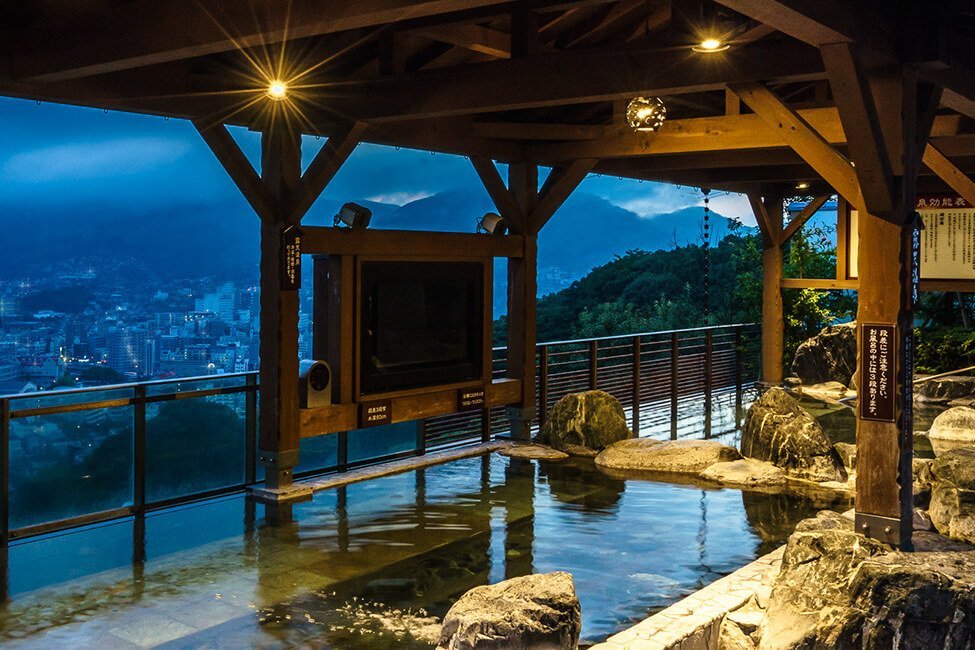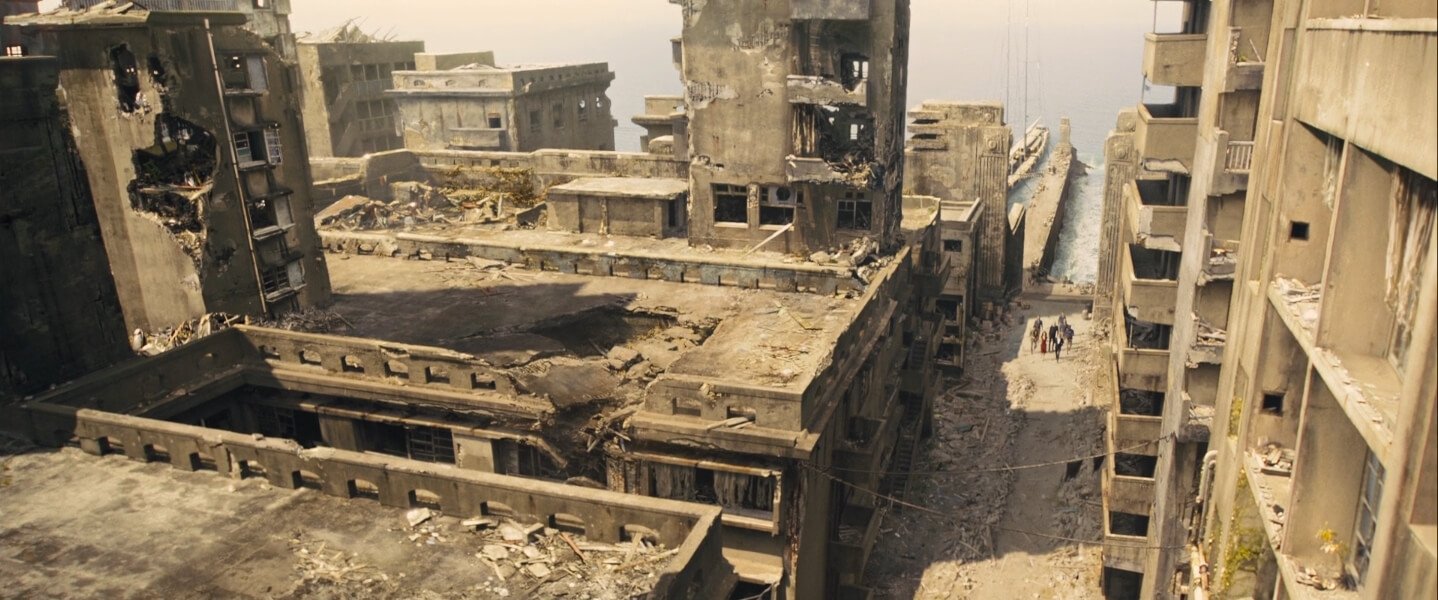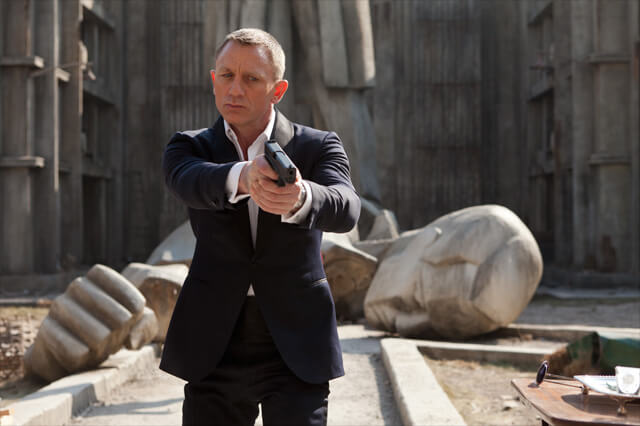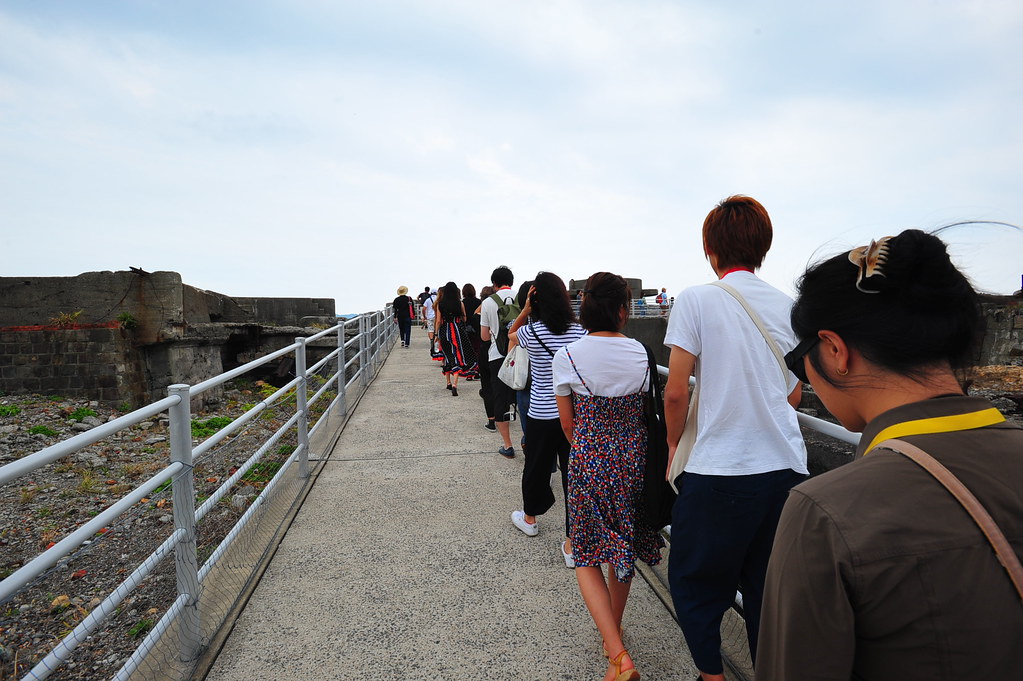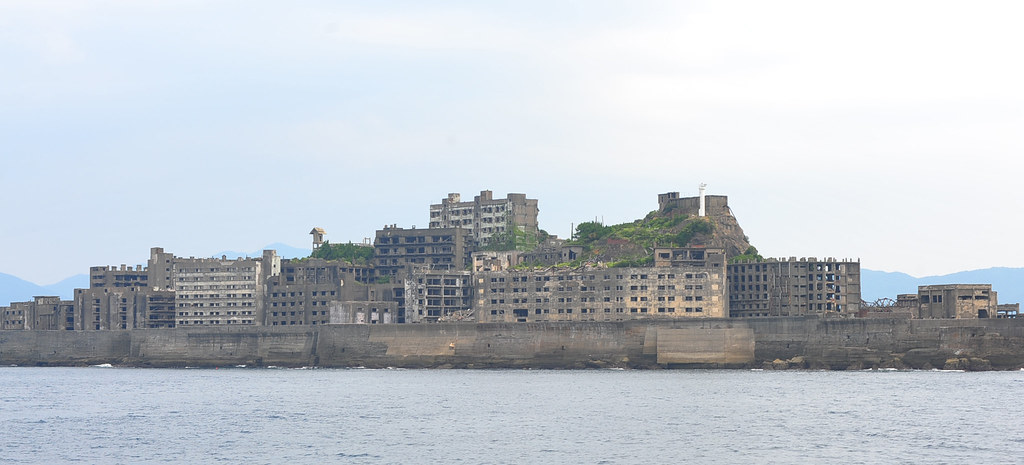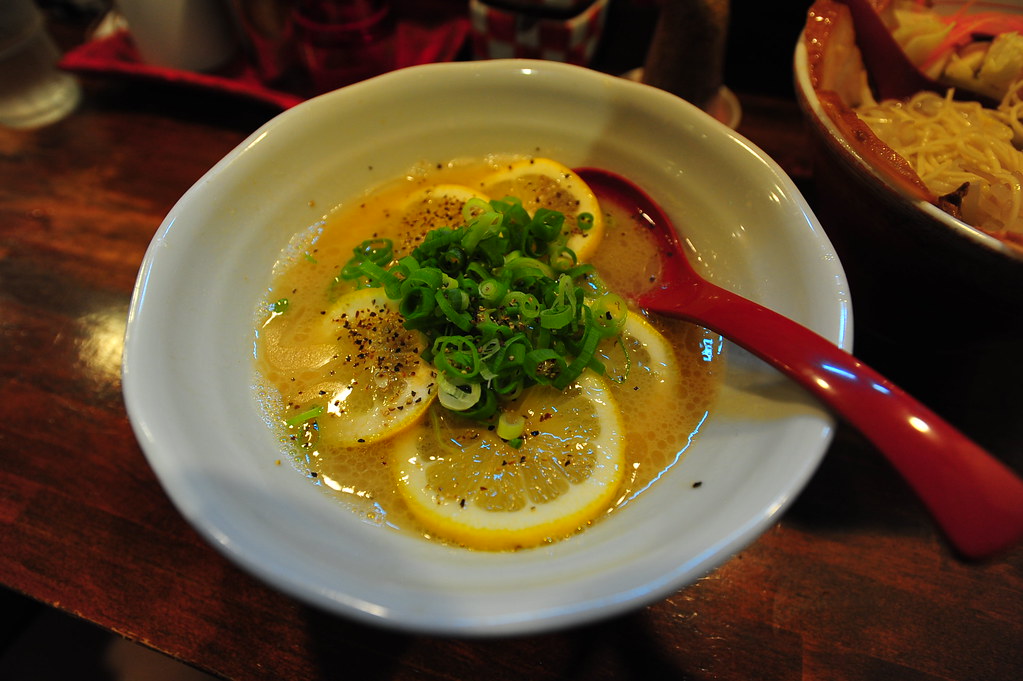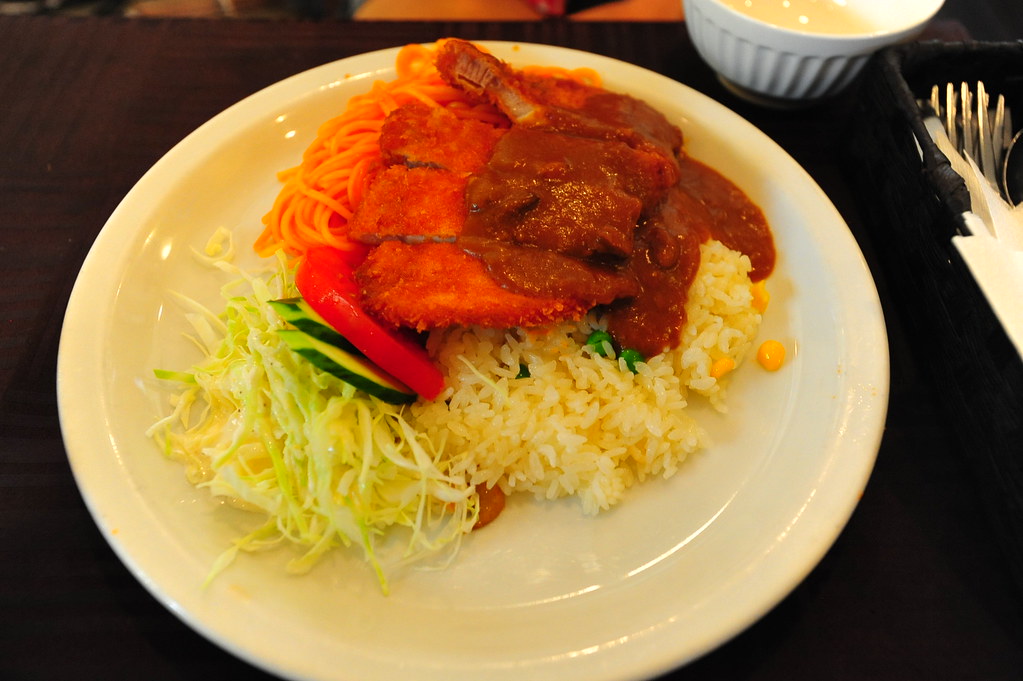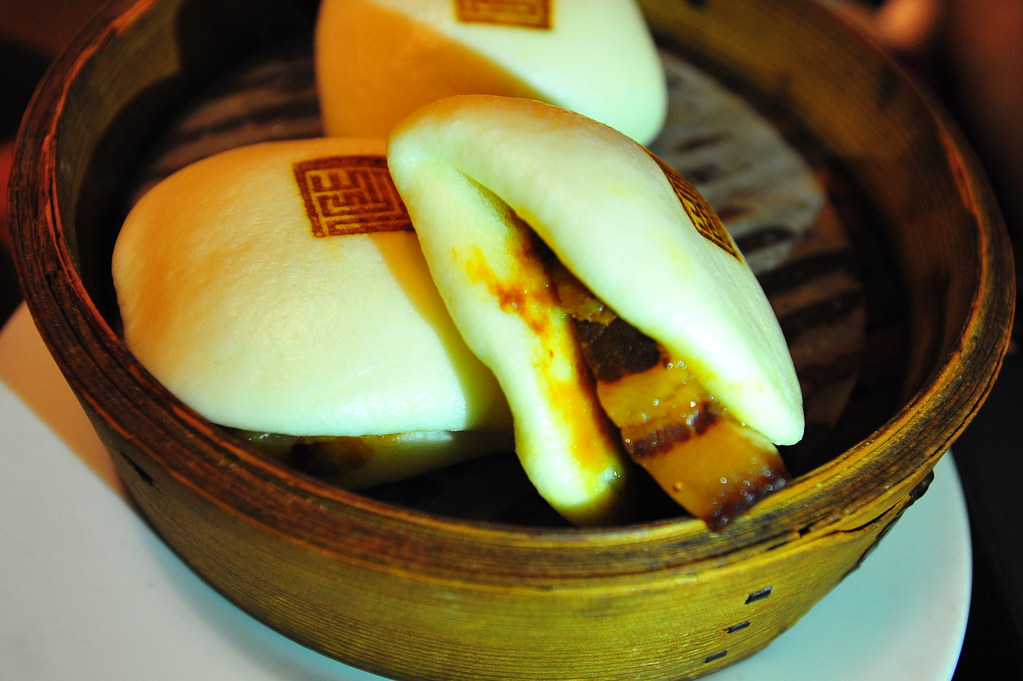Apparently I haven’t learned the last time we, the monsoon, flew in the middle of a typhoon. A travel miracle had saved us then, and another miracle has saved us today.
A few hours ago I woke up to an email from All Nippon Airways (ANA) informing that our 3pm flight #1872 from Naha Okinawa Airport to Nagasaki today would understandably be cancelled due to the incoming Typhoon Jebi, Japan’s worst in 25 years boasting 120km/hr winds. One million people already have been evacuated.
To: CALVIN SUN
Dear SUN,We regret to announce that the following flight has been canceled due to typhoon. :
Flight ANA1872 on 4-Sep
Originally scheduled to depart from OKINAWA and arrive at NAGASAKI
We apologize for the inconvenience.
Please change your reservation or request a ticket refund within 10 days of the scheduled date of departure. You may do so online at the ANA’s website by entering your reservation number (141).
Please also refer to the latest flight information at the following website if you plan to change the reservation to a flight with a scheduled departure time that is close to that of your originally reserved flight. . . .
So I quickly changed my flight at their recommendation free of charge to leave the next day on September 5th, headed downstairs to inform our hostel we would be staying an extra night, and sent an email to our hostel in Nagasaki that we would be arriving a day later. We’ll make the most of it.
Then while I was rearranging the Nagasaki itinerary to cram all the things we wanted to see now in one day (as you can see, this isn’t my first rodeo), Apple Wallet ringed in a notification that today’s original Okinawa-Nagasaki flight was still leaving today on September 4th and that the cancellation would be rescinded. Thanks Apple! (ANA curiously has yet to send a second follow-up email about the cancellation being reversed)
However, since I had acted way too quickly (aka did not procrastinate enough), we were now scheduled leave a day later than I had originally wanted. And I found to change it back would cost me around $50 USD per person. So I got on the phone with ANA and changed my flight back to the original itinerary free of charge.
Yes, these are first world problems and this typhoon is a way bigger deal — I just find it ironic that had I slept in and not have jumped on the cancellation so quickly I would’ve avoided this whole back and forth altogether.
Although looking at the map currently, we’e still cutting it pretty close!
After a quick brunch at Jack’s Steak House, we dropped off the car rental and took a 20 minute shuttle bus to the airport. Despite all the flight cancellations we were seeing on the screen, we were lucky to board on time and depart only 10 minutes later than scheduled.
Understandably, it wasn’t exactly a full flight. Perhaps the others didn’t get a follow up notification that the cancellation was reversed?
We arrived into Nagasaki on time at 4:35pm, quickly exiting through its quaint little airport.
Right outside arrivals are a series of buses heading into the Nagasaki City Center for 900¥. You can purchase tickets at the kiosks right outside on the wall facing the buses.
We got in after a 40 minute ride and quickly checked into our hostel at CasaNoda.
After settling in for a few minutes, we decided where to head up for sunset and city views of Nagasaki. While the popular choice has been Inasayama Park on the top of Mount Inasa, this only gets you a flatter view of the southeastern half of the city and harbor:
We were recommended at the hostel to visit Nabekanmuriyama Park instead, which would give us a south to north view of Nagasaki harbor as well as Mount Inasa itself.
So we flagged down a random cab who left the meter running and for a 20 minute drive up, a 10 minute stay there to take photos, and 20 minutes back into the city for dinner, it cost a total of 3010¥ for the 3 of us.
From the park, we had our cab driver drop us off at the Shianbashi Alley area for a quick jaunt around. Filled with love-hotels and bars, this area is the seedy side of Nagasaki nightlife.
Around here we had dinner at the highly recommended Menya Always for their unbelievable and unique zesty lemon pork broth ramen (food photos below).
After dinner we walked some more around Shianbashi before strolling through the 4 small streets that intersect at Nagasaki Chinatown. Almost everything closes by 9pm in this area, although soft Chinese music will still be playing in the background like you’re in some sort of theme park.
Back in the day, thousands of Chinese immigrants had called this place home.
On our way back to our hostel, we looped up north past Dejima, a fan shaped manmade island that formerly housed Portuguese traders before it became a Dutch trading post.
For those of you who don’t know, Nagasaki hosted the only harbor that allowed foreign ships to port at about 2-5 ships a year during Japan’s isolationist Edo period from 1603 to 1868. Thus Dejima became one of Japan’s only links to the Western European world. Entry is 500¥.
From here we returned back to our hostel for an early slumber.
While we were lucky getting into Nagasaki, we now hear Typhoon Jebi has just made landfall and has been clobbering Osaka. A tanker just smashed into an airport bridge and its international airport is submerged underwater. 10 casualties has so far been reported. We really hope everyone will be okay. If there’s a country that can get back on its feet quickly, it’s Japan.
The next morning we woke up at 7am and took Trolley #1 (120¥) up north to the Nagasaki Atomic Bomb Museum which opens at 8am.
While the atomic bomb that destroyed Hiroshima killed twice as many people and thus seared itself into the institutional memory of the city’s identity, Nagasaki bears no such trauma on its surface. Spend a full day here and you can go by hours without ever knowing that a nuclear bomb had dropped on this very place 74 years ago.
However, if you head up north of the city center, you’ll get a better sense of what happened here on August 9, 1945 at the Atomic Bomb Museum and the nearby Peace Park.
Albeit small, Nagasaki’s Atomic Bomb Museum makes a truly compelling argument for nuclear disarmament. It costs 200¥ to enter and we spent about 30 minutes here.
From the museum we walked 5 minutes north to Hypocenter Park, where a cenotaph marks the exact location where the bomb detonated, 500m above. Nearby is a relocated portion of the Urakami Cathedral that was destroyed by the bomb.
Another 5 minutes north from here is the Peace Park with its famous 10 meter tall Peace Statue.
His right hand pointing up symbolizes the threat of nuclear weapons, his left hand pointing left symbolizes the direction towards peace, his right leg symbolizes his being at peace, and his left leg bent at the angle symbolizes the readiness for action.
About a few minutes east from the park stands the Roman Catholic Urakami Cathedral, rebuilt after the atomic bomb had destroyed the original. It was once the largest church in Asia.
Ruins of the Cathedral’s original Belfry that was destroyed by the atomic bomb have been relocated nearby.
From the Cathedral we took a taxi south and up on top of a hill to the 26 Martyrs Museum (Entry fee 500¥), which chronicles and commemorates the 26 Christians executed right at this spot.
This story, among others, loosely became the basis for Martin Scorsese’s 2016 film Silence.
We then walked over to Oka Masaharu Memorial (Entry fee 250¥), which is unique for being one of the few places on mainland Japan that painstakingly resists Japanese revisionism and documents Japan’s war crimes on Korea and China before and during World War 2.
What it lacks in space, it makes up for in a dense amount of graphic photographs and newspaper clippings that proves that whatever happened did happen.
After a sobering morning, we had lunch down at the wharf at Red Lantern, sampling their famous Nagasaki Champon (food photos below).
From the wharf, Trish headed back to the hostel to rest while Donna and I continued on Tram #5 north and crossed over a Spectacle Bridge, the first Chinese-style stone bridge in Japan. It’s named as such because when there’s water running underneath, the reflection makes it look like a pair of spectacles.
Across the bridge, we reached Kofukuji Temple (300¥ entry fee). A Buddhist temple of the Ōbaku school of Zen built in 1624, this was one of the few structures to have survived the atomic bomb blast.
The next stop about a 10 minute walk away was Sofukuji Temple (300¥ entry fee), another Ōbaku Zen temple built by the Chinese monk Chaonian in 1629.
We then grabbed a quick snack at nearby Tsuru-chan, one of the first cafés in Japan having been established in 1925.
This is where the Turkish Rice was first served and the Nagasaki Milkshake was invented (see below for photos of both).
Heading south, we visited Kōshi-byō Confucius Shrine & Historical Museum (entry fee 610¥), the only Chinese-built Confucius Shrine built outside of China, and was erected in 1893. There’s a two-floor museum in the back depicting the lives of Chinese who first came and settled here.
We then walked over 10 minutes and up the stairs to Oura Church (entry fee 1000¥), another Roman Catholic basilica that was built soon after the end of the Japanese government’s Seclusion Policy in 1853. It has an attached museum to the side depicting the suffering of Christians who practiced their faith in hiding while in Nagasaki.
Our last stop of the day was Glover Garden (entry fee 610¥), the oldest Western-style wooden building in Japan that was once home to Thomas Glover, a Scottish merchant who moved to Nagasaki after Japan opened itself to foreign trade in 1859.
The fee was worth the views of Nagasaki Harbor at the very top.
After a full day of sightseeing, we took a taxi back to the hostel to reconvene and have more champon (and other local Chinese-inspired Nagasaki cuisine) at the nearby Taiwanese joint LaoLee.
Finally, we walked 5 minutes over to Nagasaki Station to catch the free bus to Inasayam Onsen Fukunoyu, a legit spa complex located on the top of Mount Inasa (so we still got those views!). The free bus leaves for there from the JR Nagasaki Station and various hotels. The last one returning to the city leaves at 10pm so if you end your session anytime after that, you’ll have to hail a taxi.
The spa otherwise closes late at 1am (2am on Fridays and pre-public holidays) everyday so it was a perfect late night stop to reward ourselves after a long day. It costs 800¥ per person for a day pass and an extra 700¥ if you want access to their saunas. Towel rentals cost an extra 100¥ so bring your own if you can. Full body massages outside the spa and by the registration desk costs 2800¥ for 20 minutes, 3800¥ for 40 minutes, and 5800¥ for 60 minutes.
When you arrive, place your shoes in the lockers in the foyer and hand that locker key to the registration desk inside. After paying, you’ll get a wristband that acts as a mobile tab, where you can use it to reserve a massage at the desk behind you if you want, or grab some food at the cafeteria. If not, head upstairs for the spa. Go full nude (no exceptions), and place your clothing/bags in the lockers upstairs, taking another wristband key with you.
Once you enter the spa, shower down in the public baths immediately at the spa entrance to show everyone you’re going in as clean as possible, and then chill out to your heart’s content. The saunas are further onwards past the outdoor balconies.
The next morning we rounded off our final bout of sightseeing in Nagasaki by visiting Hashima Island (also known as Gunkanjima) 9 miles from the coast of Nagasaki. Once the most densely populated place on the planet when the Japanese government forcibly moved 5,000 people into a 16-acre area of land to exploit the island’s wealth of undersea coal mining, it became an abandoned ghost town only a few years later after the coal mines were quickly depleted.
The island, now a UNESCO World Heritage Site (albeit controversial given the lack of acknowledgment of Japan’s use of forced labor here), exists as the symbol of Japan’s rapid industrialization and use of mass conscription prior to and during World War 2.
It also served as the site of where Daniel Craig’s James Bond meets villain Raoul Silva (played by Javier Bardem) at his lair in the 2016 film Skyfall. The 2015 live-action Japanese films based on the manga Attack on Titan also used the island in some of their scenes.
We booked ahead online via Gunkanjima Concierge where our tickets were waiting at Tokiwa Terminal (4300¥ per person). Once picking them up we boarded for a 10am departure.
The tour is very handheld, and leaves no room for free exploration as they’re worried about guests hurting themselves.
The whole tour lasts about 30-40 minutes with a free included audio guide in English that gives an overly polished and saccharine history of the place; there’s not a single mention of the countless Korean and Chinese laborers whom they forced to work here.
We visited two parts of a small section of the island before heading back to our boat.
After the tour ended and we were dropped off back at the terminal at 1pm, we got lunch a block away at Shikarou, the birthplace of champon. We then headed back to our hostel, grabbed our bags, walked up to Nagasaki Station, and hopped on the hourly train for Hakata to transfer to the Shinkansen Bullet Train for Hiroshima.
Update: we just got word that an earthquake just struck near Sapporo in the island of Hokkaido, measuring a 6.7 magnitude on the Richter scale. Although we won’t get there until 10 days from now, we hope everyone is okay.
Japan can’t seem to catch a break with nature. Fingers crossed this is the last of many for awhile.
What To Eat In Nagasaki
Lemon Pork Broth Ramen at Menya Always
Nagasaki Champon, Nagasakin’s regional noodle dish that was inspired by Chinese cuisine. You can get good variations at Red Lantern (more seafood) and Laolee (more Taiwanese flavors).
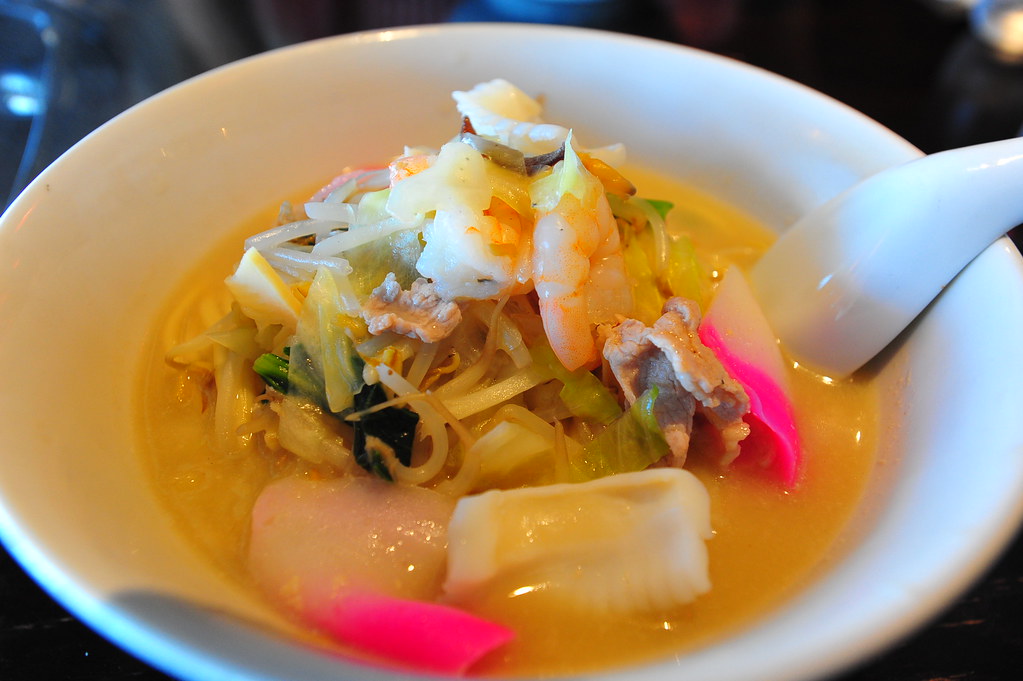
Shikarou serves the original champon:
Turkish Rice or Toruko Raisu (トルコライス), named after the country Turkey. It consists of a pork cutlet, dry curry mixed into rice, and a small serving of spaghetti, all on the same plate. Arguably the best place to get it is at Tsuru-chan (ツル茶ん):
Nagasaki Milkshake, blended with egg, sugar, condensed milk, vanilla essence and crushed ice.
Ebichiriman (shrimp fried in chili sauce)
Kakuni-manju (marinated braised pork cutlet served in a steamed bun)
![]()
- At time of posting in Nagasaki, it was 29 °C - Humidity: 87% | Wind Speed: 14km/hr | Cloud Cover: clear




